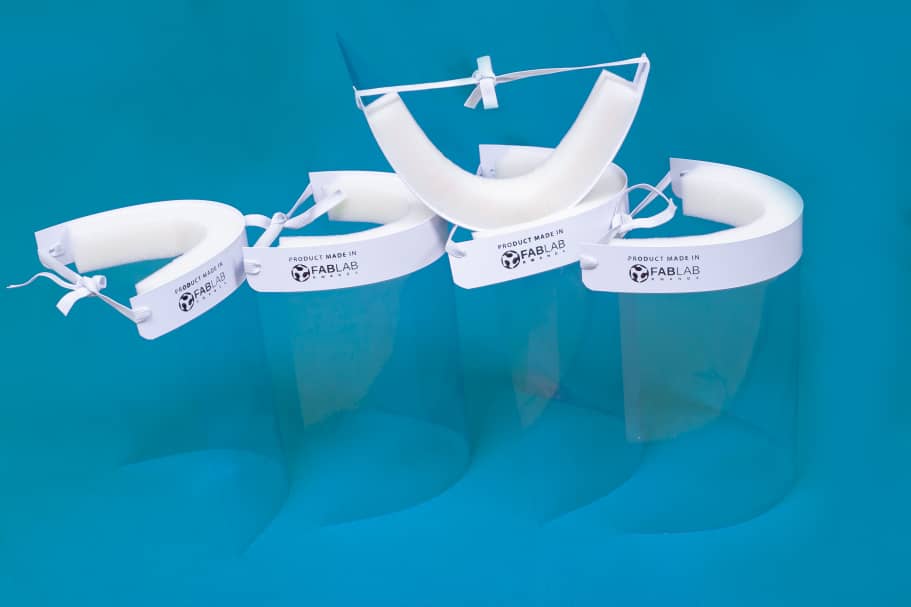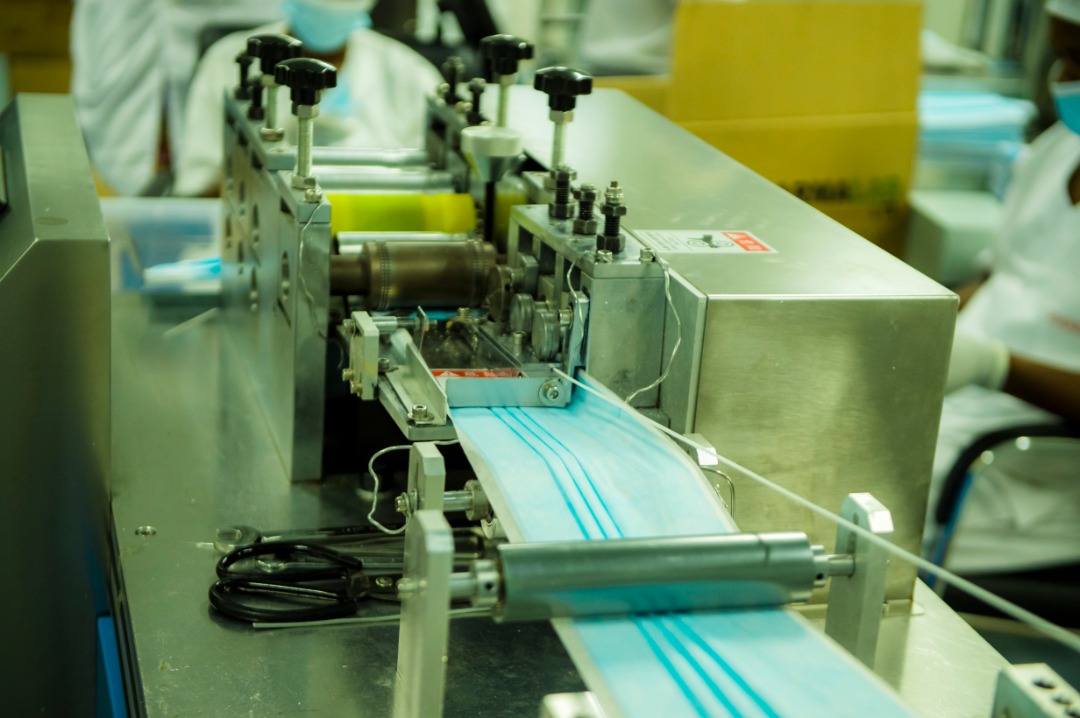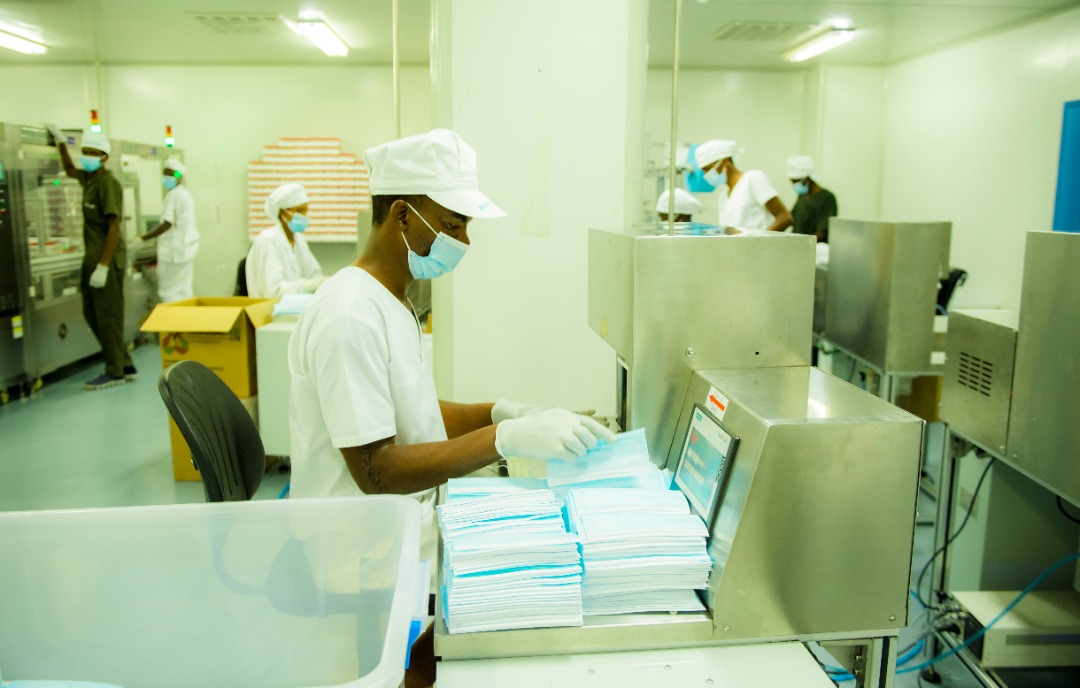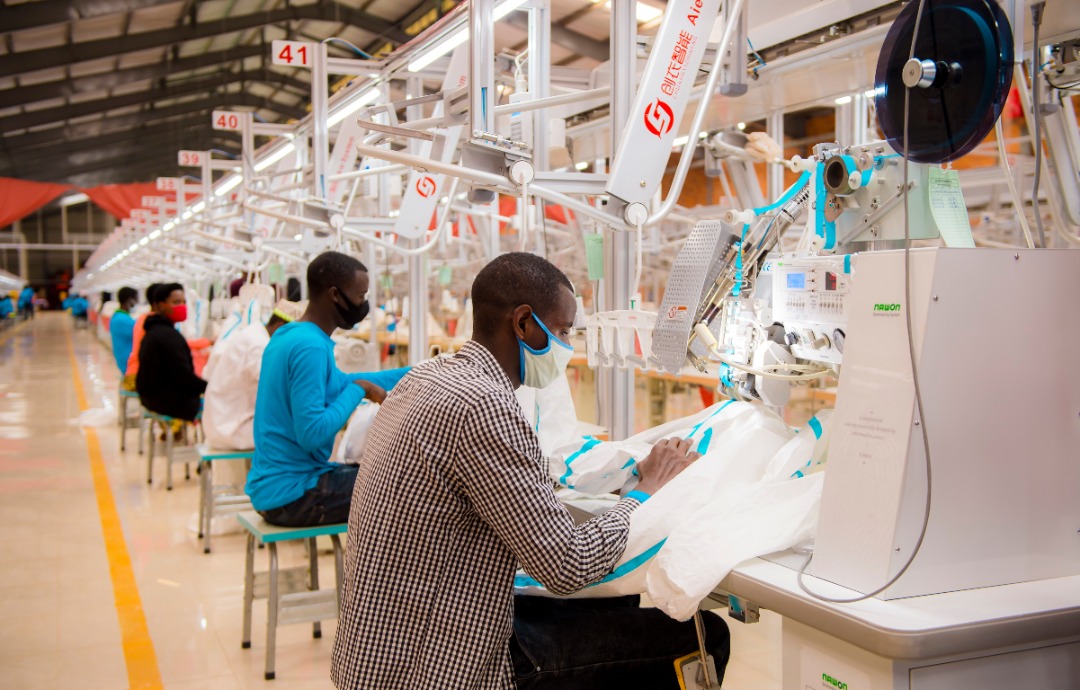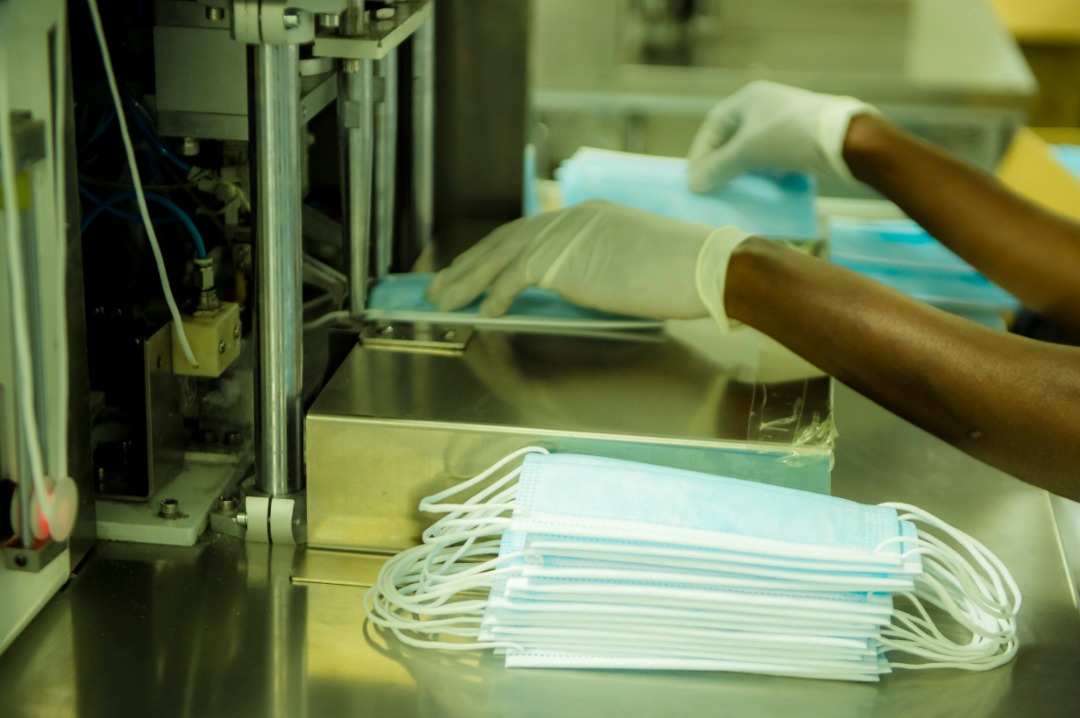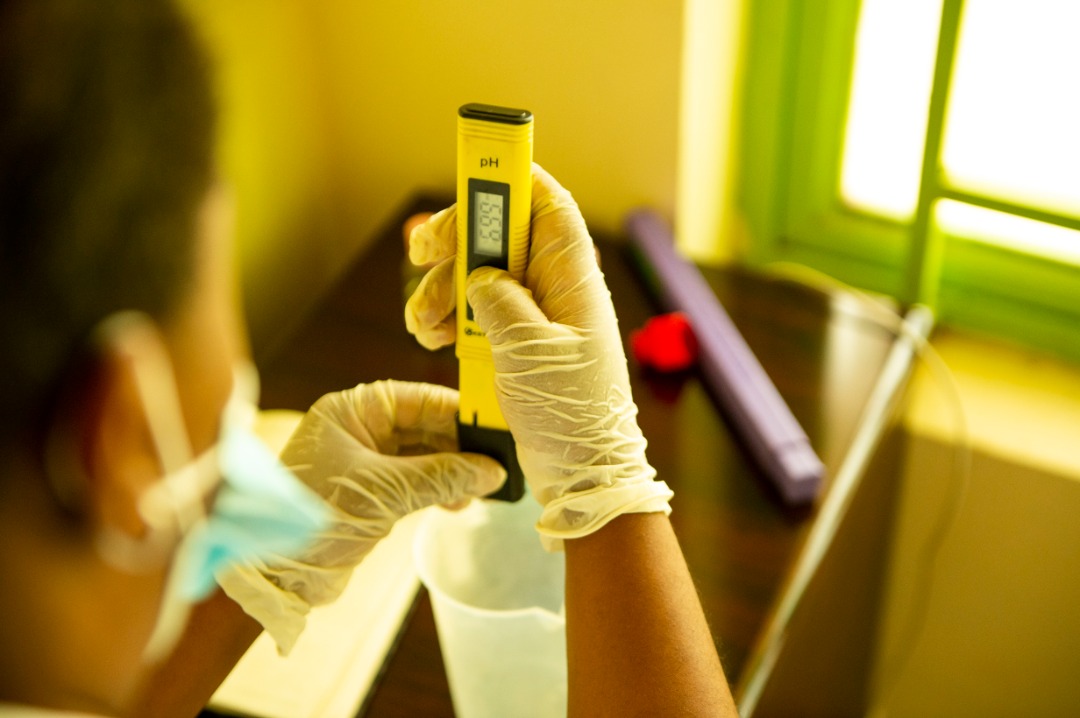 In the next 33 days, the Gregorian Calendar will usher Rwanda in the year 2021, with scars that were caused by the New Coronavirus(COVID-19) which spread in Rwanda from one person on March 14, 2020, to 5,872 people including 5,397 recoveries, and 47 deaths as of November 27.
In the next 33 days, the Gregorian Calendar will usher Rwanda in the year 2021, with scars that were caused by the New Coronavirus(COVID-19) which spread in Rwanda from one person on March 14, 2020, to 5,872 people including 5,397 recoveries, and 47 deaths as of November 27.
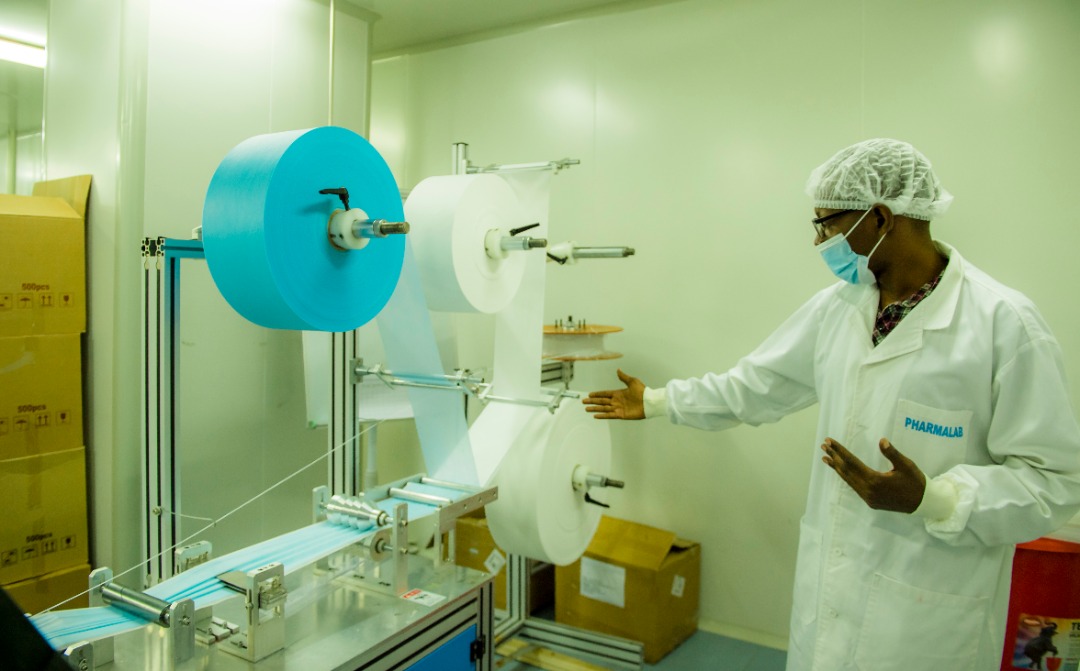 The story of how Rwanda, a low industrialized country stood to prevent devastation from a virus that brought many countries to their knees is in itself award-winning.
The story of how Rwanda, a low industrialized country stood to prevent devastation from a virus that brought many countries to their knees is in itself award-winning.
At the start, this pandemic did not spare countries on basis of wealth, an event that compelled every country to first think about themselves; cater for themselves, provide medical equipment for their suffering communities first. Medical Equipment were not enough, not even for the countries that are known to lead in exports of equipment, including medical equipment.
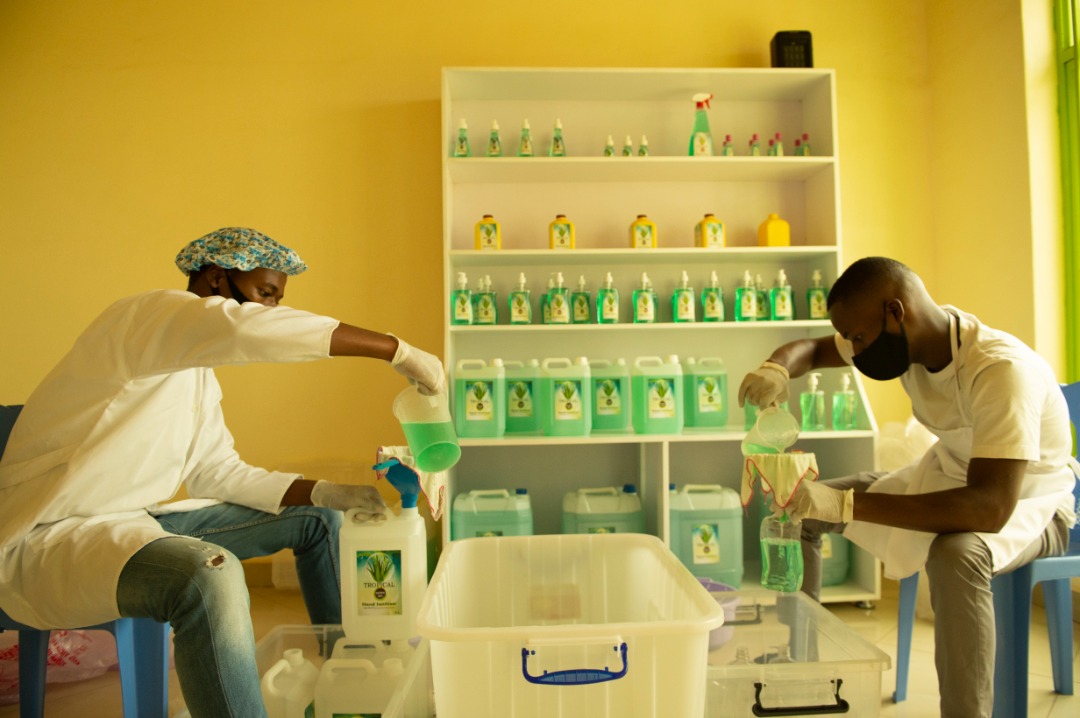
Countries needed a lot, quite a lot, especially in terms of Personal Protection Equipment(PPE) which in most cases are single-use. The situation was worrisome because, with time, it became obvious that none would predict the end of the pandemic. In the meantime, medical research institutions warned that scientifically, they couldn’t promise to find the vaccine within one year period.
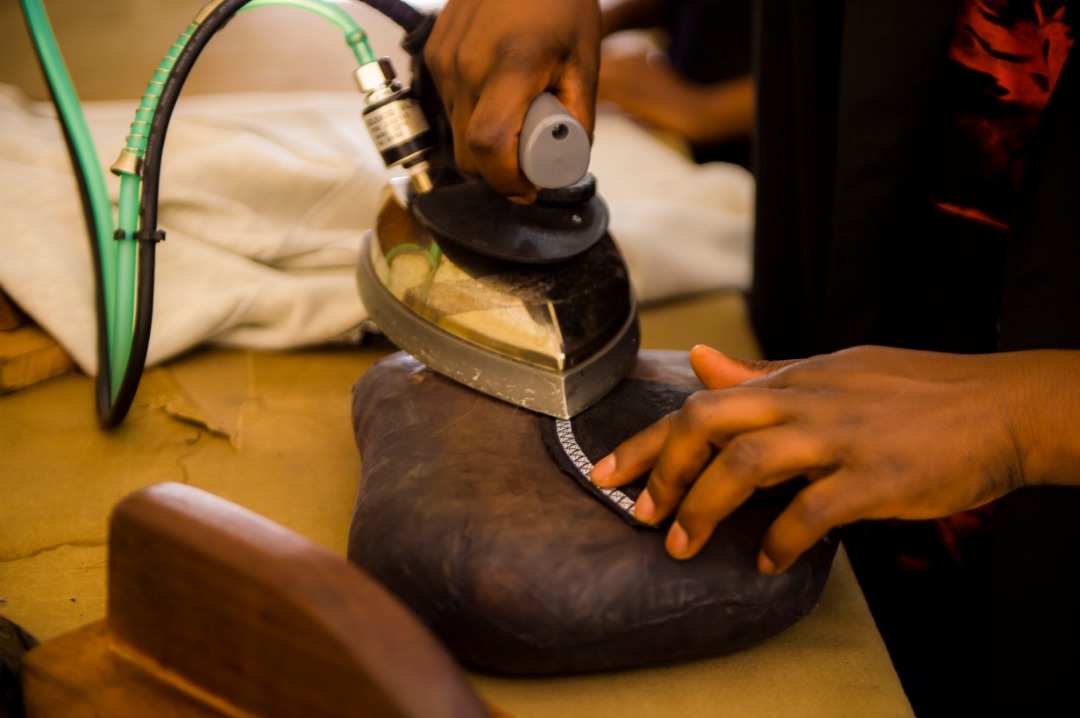
The situation wanted to beg an understanding that poor countries would desparately prepare for the worst, but COVID-19 did not necessarily behave like stunting where the poor fatefully suffer more; a rich country happened to be more spoiled than their economically struggling neighbor.
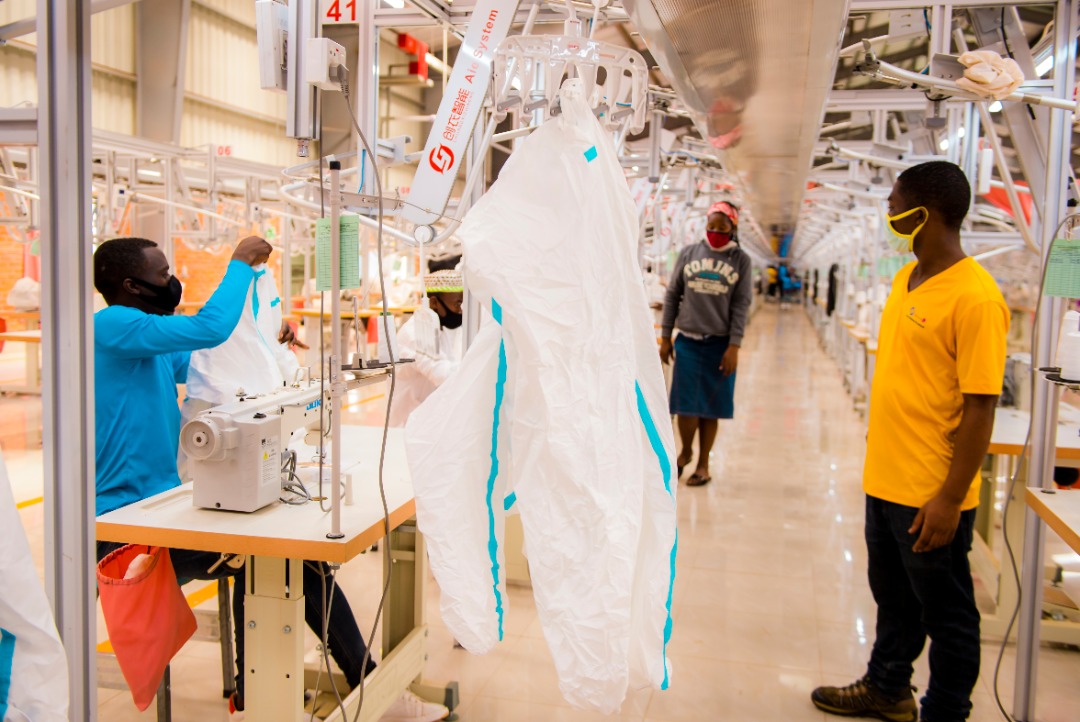 In the Rwandan case, an alert started as soon as the first cases were confirmed from afar and a senior official lost her job for not taking the issue seriously. Ever since a budget was dedicated to the purchase of equipment and some partners understood the necessity of backing up by sending more equipment. They did it with a happy mind because the country had shared its position; to believe in science at time some governments were calling the pandemic a political game.
In the Rwandan case, an alert started as soon as the first cases were confirmed from afar and a senior official lost her job for not taking the issue seriously. Ever since a budget was dedicated to the purchase of equipment and some partners understood the necessity of backing up by sending more equipment. They did it with a happy mind because the country had shared its position; to believe in science at time some governments were calling the pandemic a political game.
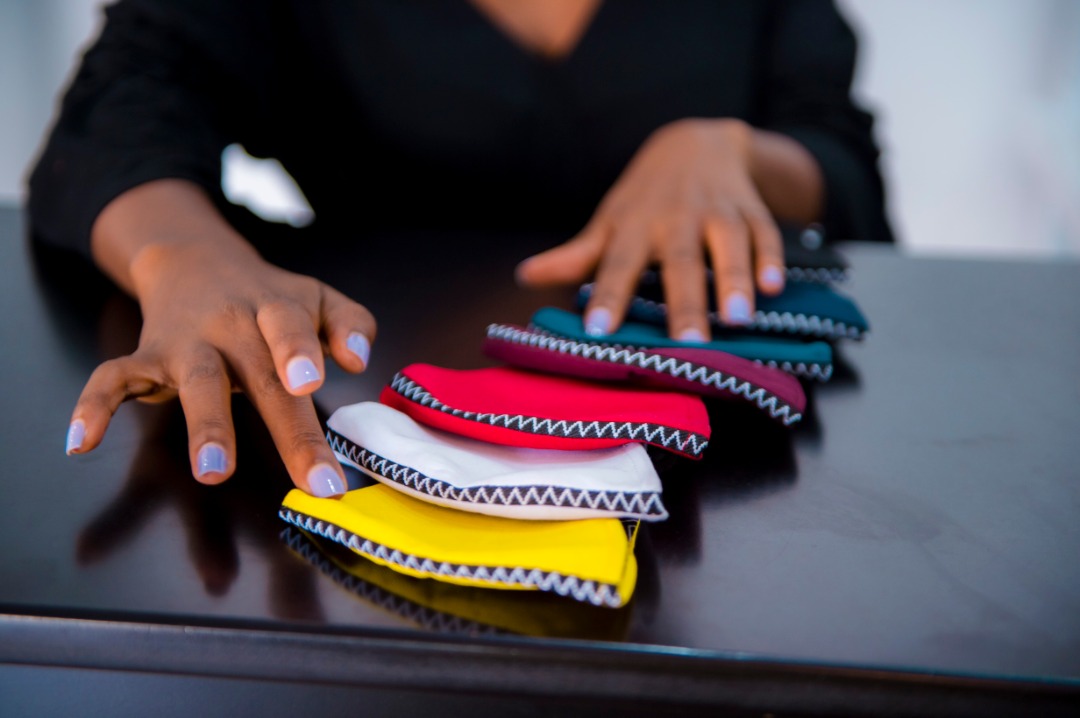
The country was put on lockdown, but the medical practitioners remained awake. Investors were quickly advised that their support was needed to reduce the import of equipment. From a society which is known to be careful and to first avoid taking risks, this time the investors did not hesitate to venture in it. 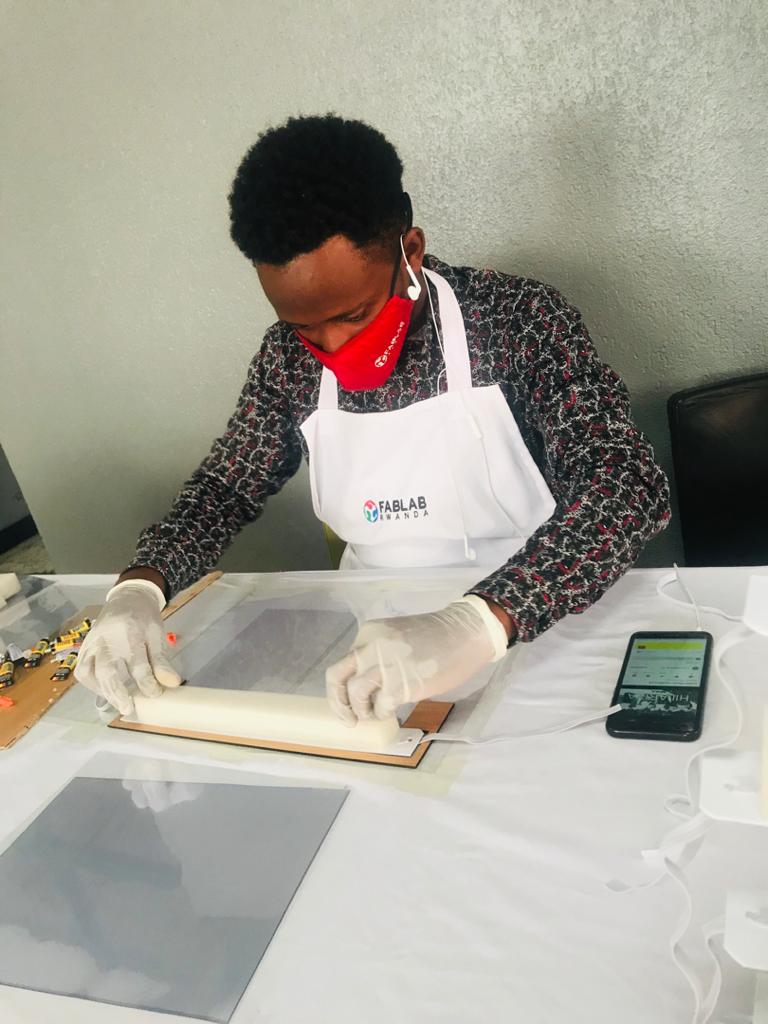 The existing artisanal handwashing gear commonly known as Kandagira Ukarabe were produced in plenty, hand sanitizers and soaps were availed, and later on, dozens of companies were cleared to start producing face masks. They were availed in plenty and this is the period when Rwandans knew the other precious value of the traditional Kitenge.
The existing artisanal handwashing gear commonly known as Kandagira Ukarabe were produced in plenty, hand sanitizers and soaps were availed, and later on, dozens of companies were cleared to start producing face masks. They were availed in plenty and this is the period when Rwandans knew the other precious value of the traditional Kitenge.
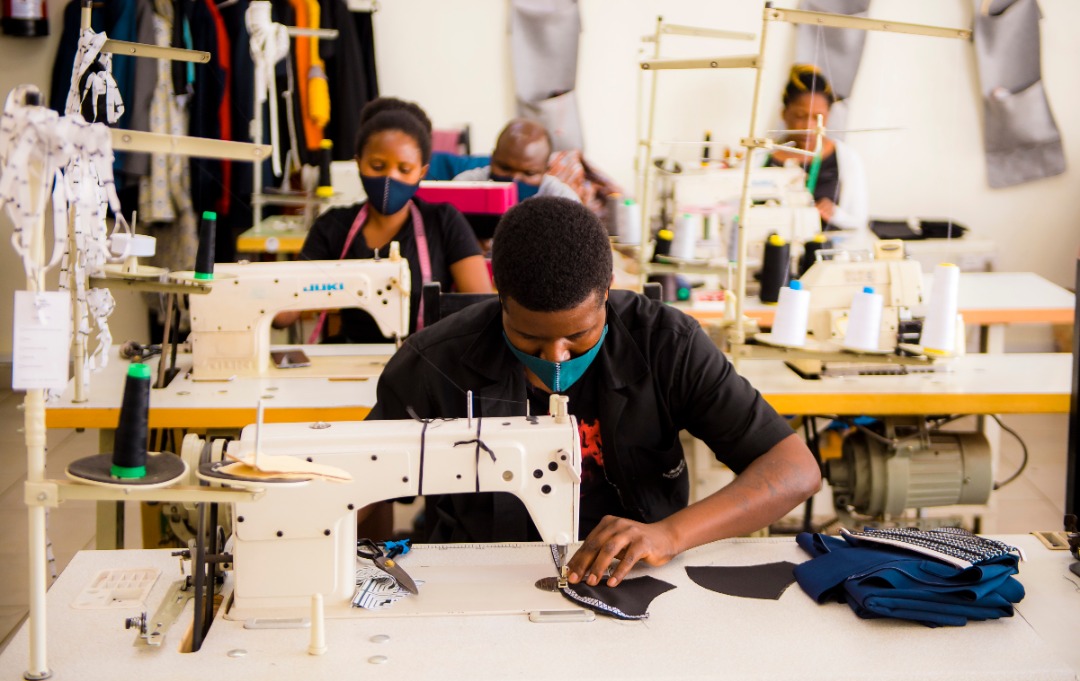
First, the garment companies availed the face masks in kitenge and other materials. The logic was to find something that is cost-effective and the kitenge, a washable and reusable material did the job, more than the single-use face mask used by medical personnel.
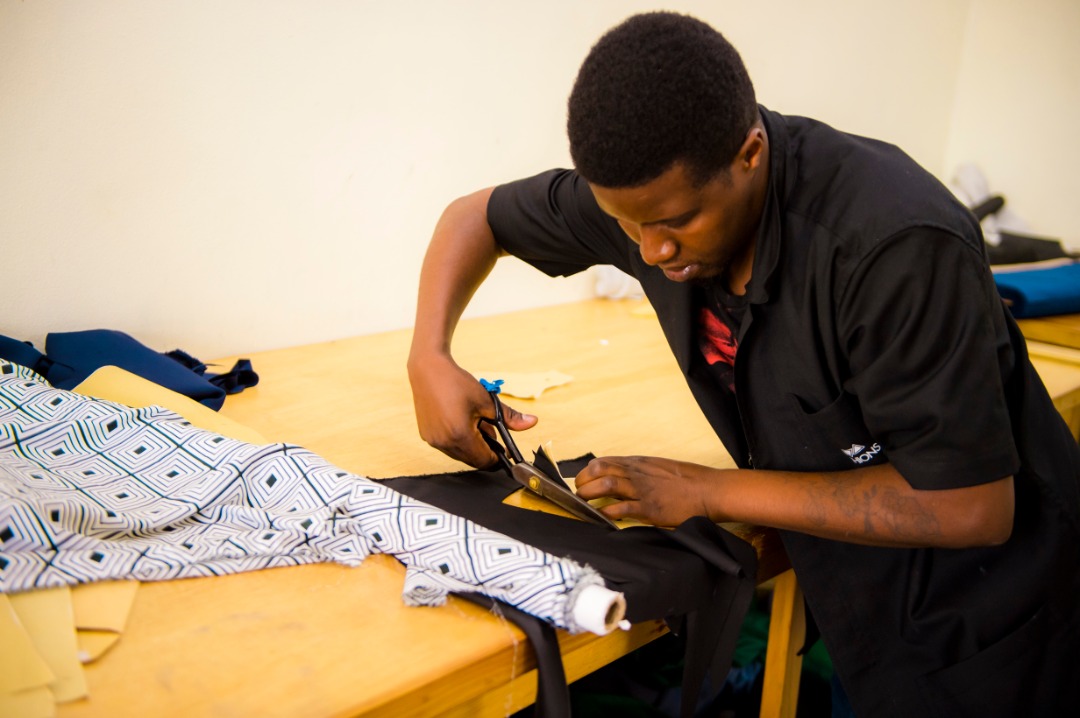
The latter were expensive because they were still imported. It did not take too long before the local industry also started producing them and the cost was reviewed downward.
The local industry further produced medical jackets.
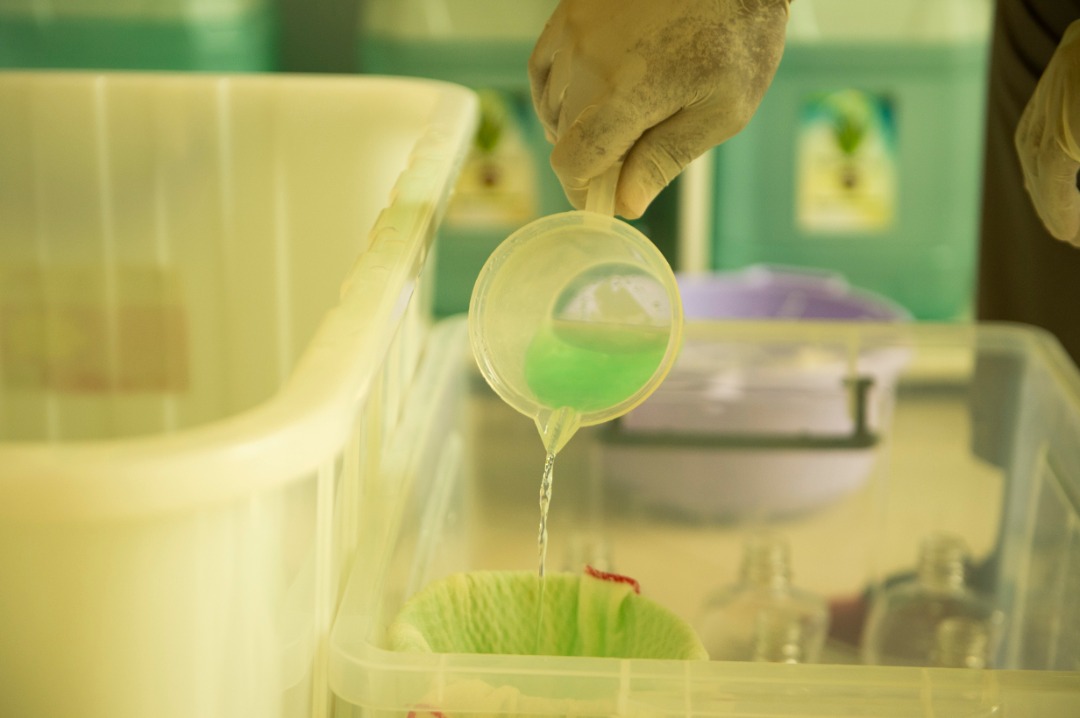
The country is still fixing loopholes here and there, but the COVID-19 industry is relatively taking shape. At the start, for example, the food and drugs authority(FDA) took time to prevent malpractices where several companies were suspended for producing fake hand sanitizers.
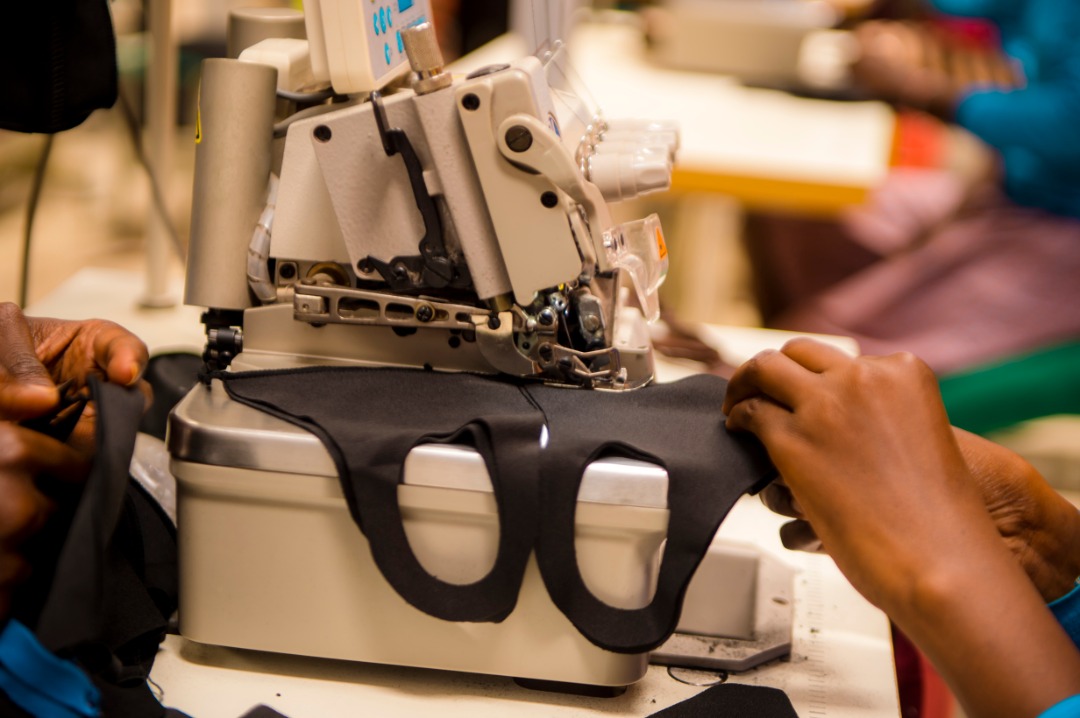
There is still a need to balance supply and demand to avoid events where for example, face masks are produced in plenty without looking at the market saturation. However, this has to be a very wise calculation considering that COVID-19 has shown to be a virus that could any time shock the world with a new, quite challenging wave.
Being watchful is the way to go.
